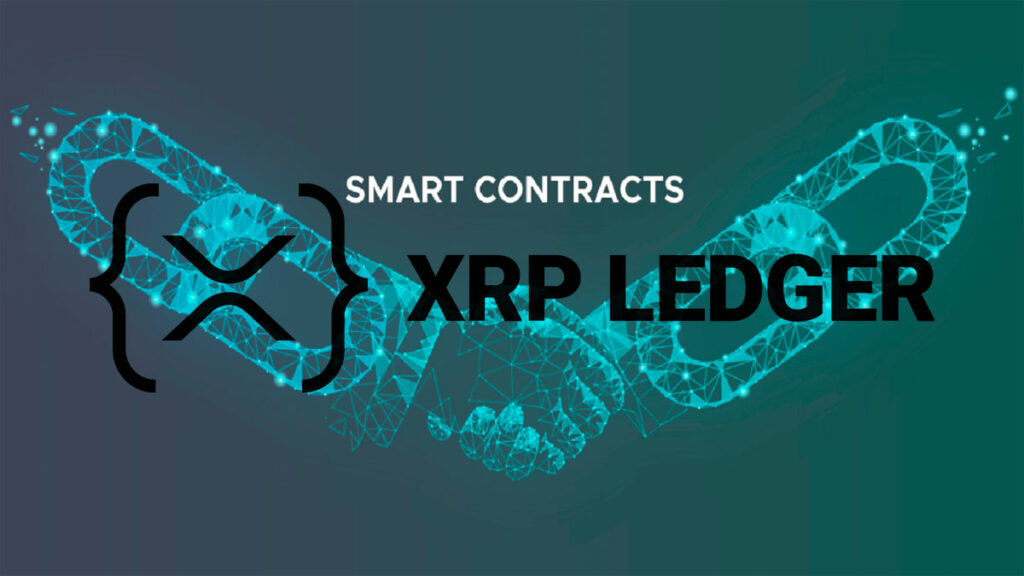With this step, XRP Ledger hopes to draw in developers and broaden its capabilities, adding new applications to its ecosystem.
According to a statement made by cross-border payments startup Ripple, the XRP Ledger (XRPL) developer environment will now include smart contracts.
According to Ripple, the change will allow for a broader range of use cases for consumers, developers, and business owners. It seeks to entice developers to take advantage of XRPL’s extended features. As per Ripple, the XRPL Ethereum Virtual Machine (EVM) sidechain will activate the smart contracts capability “in the coming months.”

Furthermore, Ripple announced that the XRP Ledger mainnet will also support smart contracts. The cross-border solutions company did not specify when the technology would be deployed; it only said it was still in development.
Working along with the DeFi devs
Self-executing contracts that are kept on the blockchain are known as smart contracts. When particular requirements are satisfied, they advance automatically—”smart contracts” programs manage agreements and transactions without using middlemen.
Smart contracts can be applied in various contexts, from supply chains to decentralized finance (DeFi). Decentralized applications (DApps) are being developed on well-known blockchain platforms like Ethereum, BNB Chain, Avalanche, and Solana.
According to Ripple, they are “eager” to work with DeFi developers and welcome community feedback on the finer points of the concept. The organization invited programmers with experience in EVM languages to investigate the potential of its sidechain.
Also, according to Ripple, developers utilizing Ethereum-based smart contracts built the sidechain. This provides a recognizable setting for DApp deployment, enabling them to leverage Solidity, an Ethereum smart contract programming language.
Adding XRP Ledger compatibility for EVM
Ripple claims that smart contracts will integrate into the XRPL ecosystem via the sidechain they created in partnership with Peersyst, a blockchain startup. The business thinks that this new advancement will make the blockchain more developer-friendly. Ripple penned:
“This sidechain will bring Ethereum Virtual Machine (EVM) compatibility to the XRP community, allowing developers to employ familiar tools and programming languages, thereby broadening the XRP Ledger’s appeal to a global developer community.”
The company further stated that as the group moves closer to integrating smart contracts onto the mainnet, the momentum for making XRPL more programmable will pick up speed in 2025.



